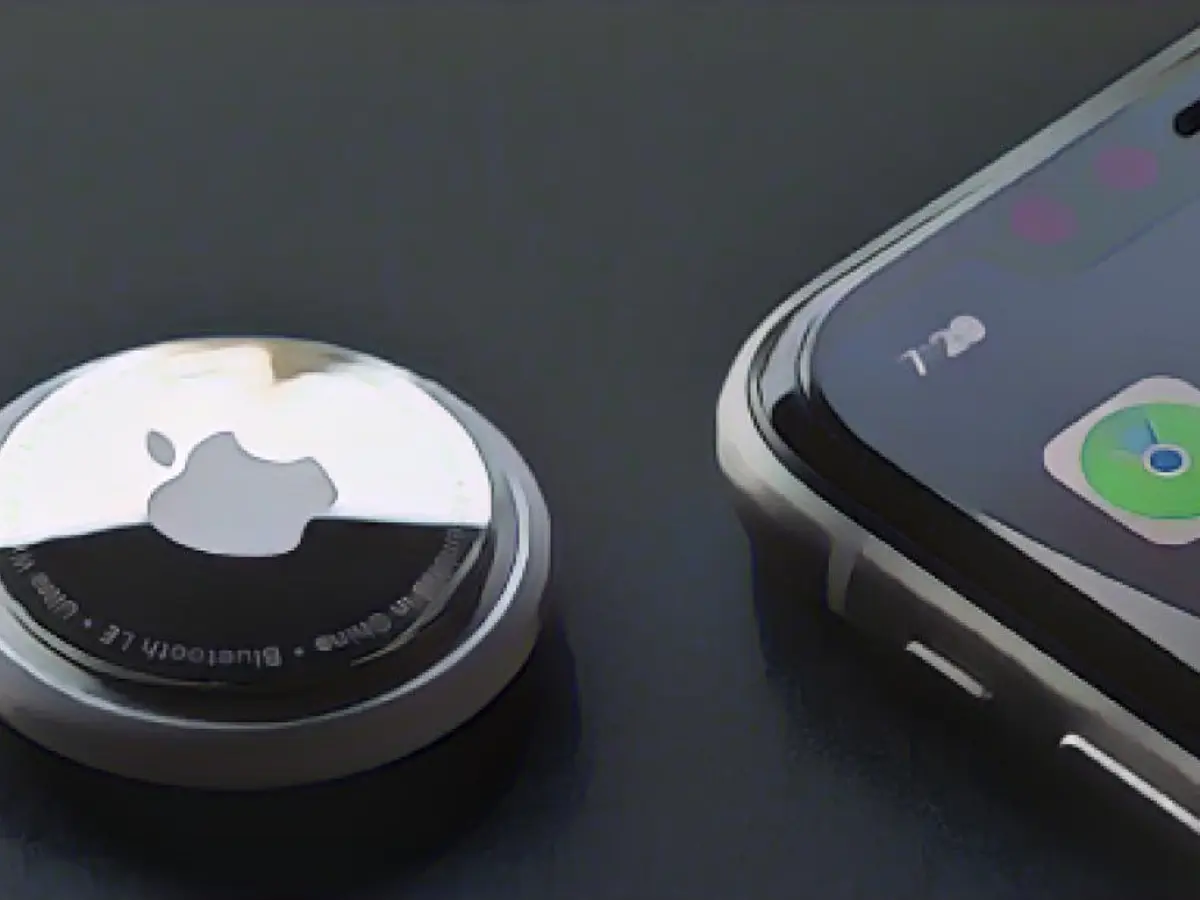AirTags: The Magical Trackers Revealed
AirTags seem like magical trinkets, small enough to fit on keychains and backpack straps. They can sense your belongings at any moment, making them appear dangerously alluring for those who might want to secretly track you. While AirTags are generally safe to use, their misuse can lead to troubling situations. Apple smartly integrates tools to prevent malicious use.
What Are AirTags?
AirTags work on Bluetooth, Ultra Wideband, and Near Field Communication technologies. Shaped like a thick coin, they can be attached to nearly anything, including keys, wallets, suitcases, and pet collars. Some people use them to track their checked luggage during flights. Other uses range from locating children to finding misplaced items. However, real-time tracking is not always guaranteed with AirTags.
AirTag Functionality: Demystified
AirTags don't have a GPS chip. Instead, they transmit Bluetooth signals that Apple devices in the Find My network pick up. This includes iPhones, iPads, Macs, and any other device connected to iCloud. By extending the tracking network, AirTags become incredibly useful; every Apple device connected to its network acts as a beacon for your AirTag. As long as the devices are connected to the internet, they send location updates to the Find My app, helping you locate your marked items. AirTags become useless in areas without an internet connection or nearby connected devices.
Yet, AirTags offer more than just Bluetooth tracking. If you're close to the device, you can open the Find My app on your Apple device, tap on your AirTag, and find it using Pinpoint. It employs Ultra Wideband technology to guide you directly to the device. With every step, the app sends subtle vibrations, providing feedback and guiding you.
How Many AirTags Does Apple Offer?
Apple sells single AirTags for $29.99 and four-packs for $99.99. If you're looking to save some money, wait for sale events like Black Friday, known for offering better deals on technology items like AirTags.
AirTag Lifespan: All About Battery Life
The AirTag battery lasts up to a year. You'll receive an alert from the Find My app on your iPhone when the battery is running low. The battery can be swapped with low-cost, standard CR2032 Lithium-Coin batteries.
Privacy and AirTags: Protecting Yourself
Apple claims that the entire AirTag finding process is anonymous and encrypted to protect user privacy. Apple doesn't know which devices are relaying the location or where your AirTags are, and the tags don't store location data or a history of visited places. Sharing the AirTag location with others is possible, regardless of whether they're part of your iCloud Family.
AirTag Misuse Dangers: A Word of Warning
When someone decides to use AirTags maliciously to track your movements, there are tools to prevent their misuse. Your iPhone or Android device will alert you if an unknown AirTag is detected nearby. If you're not aware of the tracker, you can ping it and react accordingly.
AirTag Accessories and Personalization
Although AirTags can be easily attached to any item, using accessories like a keychain holder or pet collar attachment can greatly improve their performance. You can purchase AirTag accessories directly from Apple, and if you buy AirTags from Apple, you can even engrave them with up to four characters.
Related Articles:
- One of the best ways to use AirTags for tracking lost luggage during flights involves setting up the AirTag, pairing it with your iPhone, placing it in your luggage, and generating a tracking link to share its location with airlines or airports.
- If you're interested in purchasing AirTags and saving money, consider waiting for Black Friday sales, which offer great deals on technology items like AirTags.
Source:
Note for the Enrichment Data:
AirTags can be used effectively for tracking lost luggage during flights by following specific steps:
Steps for Using AirTags:
- Set up the AirTag with Find My, Bluetooth, and location services enabled on your iPhone, iPad, or iPod Touch and an active Wi-Fi or cellular connection.
- Remove the AirTag's wrapping, activate the battery, and pair the tag with your device using the Find My app.
- Place the AirTag in an easily accessible, yet concealed spot inside your luggage.
- Generate a secure tracking link to share with airlines or airports. Sharing this link allows other parties to access the AirTag's location, ensuring quicker recovery and improved customer service.
AirTags offer several benefits for travelers:
Benefits of Using AirTags:
- Real-time tracking: AirTags use Apple's immense network to track their location and update it in real-time.
- Stress reduction: Knowing the exact location of your luggage reduces travel stress and anxiety.
- Prevent mistakes: AirTags prevent mistaken bag swaps by identifying the precise luggage location, as opposed to leaving you waiting at the baggage claim.
- Enhanced customer service: Airlines can utilize the shared location data to act more efficiently and respond to irregularities more quickly, improving customer satisfaction.
- Extended range: Although the AirTag range is limited (10 meters indoors and 30 meters outdoors), its location can be traced if it's near any other Apple device, providing unlimited reach.
Tips for Using AirTags During Flights:
- Always check airline policies before traveling, as most airlines allow AirTags but have specific rules.
- Use the Find My app for tracking; it usually comes pre-installed on your device.
- Generate a tracking link to share with airlines or airports to make it easier to locate your luggage.
By following these steps and understanding their benefits, you can use AirTags effectively for tracking lost luggage during flights, ensuring a smooth recovery and enhanced customer service.




